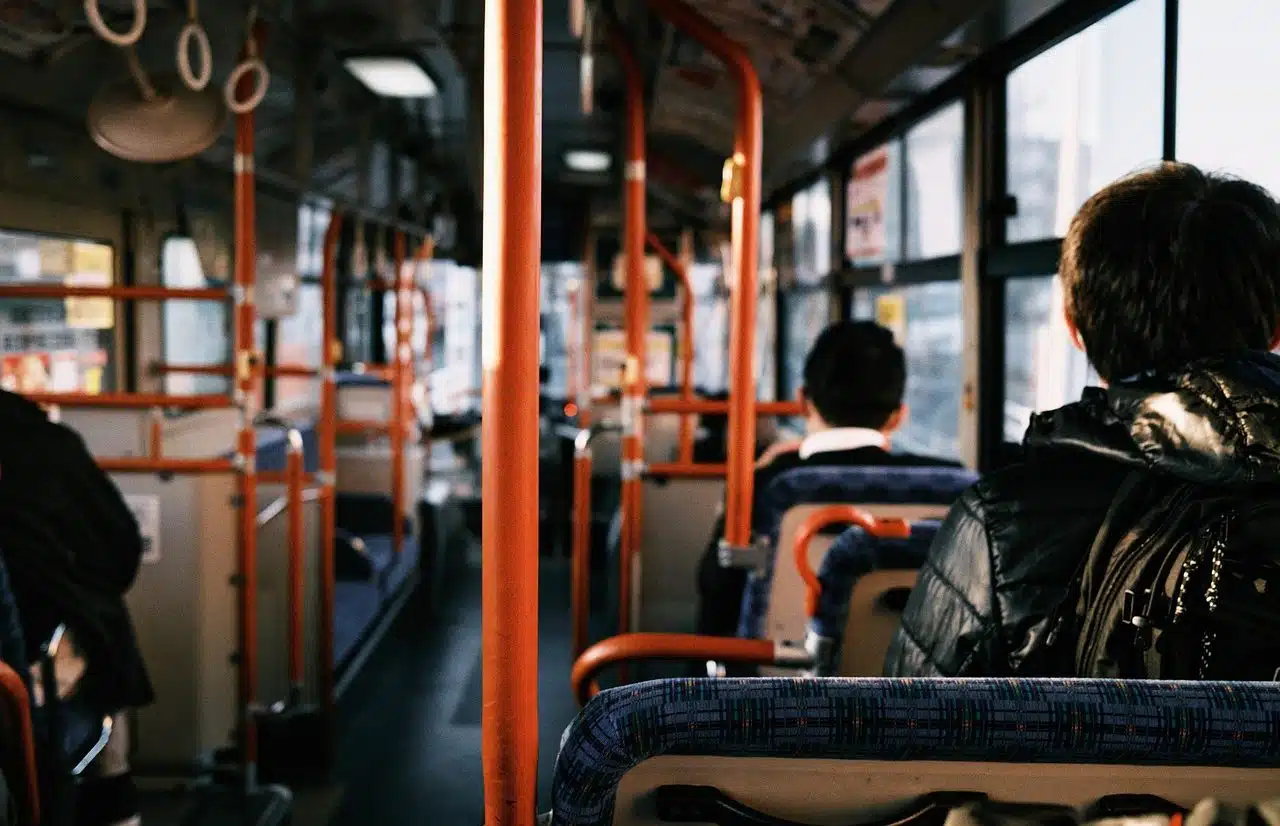
Millions of men and women use public transportation every day to go to study, work, carry out paperwork, visit someone, go to the doctor, etc.
Public transportation is the collective service network to guarantee that society has various means of transportation available that adjust to its needs, preferences and economic possibilities.
Every day, millions of people use bus (or collective ) lines, trains , taxis , public bicycles , and subways (or metro ). Users of the transportation network must pay a certain financial amount to be able to travel (with the exception of babies and people who display their disability certificate, who are not charged, as well as there are reduced rates for students ) and take into account the passage times and the stations or points of pick-up and drop-off of passengers. It is even necessary that they obtain prior advice about which of all the options in operation brings them closer, and better, to their destination.
Types of public transport
From the enumeration made above, it is clear that there is a great variety of types of public transport . Those who do not have a private vehicle or do have a motorcycle, truck or car but, for some reason, prefer not to use them do not hesitate to cover short distances by walking or using the public transportation service .
On a daily basis it is possible to see this diversity when spotting bus stops , train tracks and even subway tunnels on public roads . Likewise, it is common to find bicycle stations .
In some cities, people also access car sharing services , take the occasional tram trip and have modern and ecological sustainable transport options.

Public transport users must pay a fee to access the service but, in exchange, they deserve decent and safe conditions to travel.
Nor can the offer be overlooked depending on the areas involved in the transfer, the distances to be covered and the purposes of the service. In this framework it is possible to distinguish, for example, school transport (exclusively for taking children and young people to educational entities and removing them from them in order to return them to their homes) from air transport chosen by passengers of different ages and nationalities who, after Acquire the corresponding tickets, board a plane that takes off from the airport terminal of a specific city and lands at the airport of another location. Long-distance transportation , meanwhile, is usually chosen for tourist or work reasons, particular health situations, etc., to arrive and depart from one place or another via land routes.
If we are talking about kilometers, then we need to refer to regional transport and urban transport , without losing sight of rural transport or suburban transport .
Advantages and disadvantages
Each type of public transport is characterized by having advantages and disadvantages .
Of course, the quality of the service chosen will depend on more than one factor, but in all cases the good maintenance of the transport infrastructure and the work carried out on roads and other spaces linked to the movement of passengers is key. The units must be in optimal condition, the personnel hired to be in charge of each trip must be excellently trained, be efficient and assume responsibilities such as compliance with schedules and respect for traffic signs , and both companies and state agencies must articulate measures to guarantee inclusion and safety in public transport .
Those who are in charge of analyzing the characteristics of each means of transportation do not hesitate to extol the benefits of alternatives such as the electric train , the shared scooter modality and the commitment to a rental (or own) bicycle since they are friendly to the environment and They provide speed in transfer.

Those who travel by bicycle must respect traffic rules and circulate on lanes or paths specially reserved for this type of transportation.
Unfortunately, in large cities it is common for circulation on certain arteries and avenues to be hindered, delayed and even prevented or interrupted by issues that exceed the responsibility of the public passenger transport service providers. Intense traffic , the closure of streets as a result of protests or popular demands, traffic accidents and road construction work (or repaving, patching, development of special lanes, etc.) mean that on repeated occasions there are, especially in central or busy areas, significant traffic congestion with the complications and consequences that this entails.
The pollution produced by transport emissions , the high prices of some tickets (also known as tickets ), the scarce or non-existent (depending on the site) frequency of night transport and the sometimes non-existent accessibility in transport (despite the efforts and pressures of many people to achieve true social inclusion in all areas) are part of the negative side of this area. The State and society as a whole must move towards a fair and viable reality in which traveling by bus , train , subway or plane is neither a privilege nor a risky activity. There must be investments in public transport , exclusive lanes, decent employment conditions and wages, modernization of the sector (in order to consolidate the transition to sustainable and innovative transport ) and transport subsidies .
